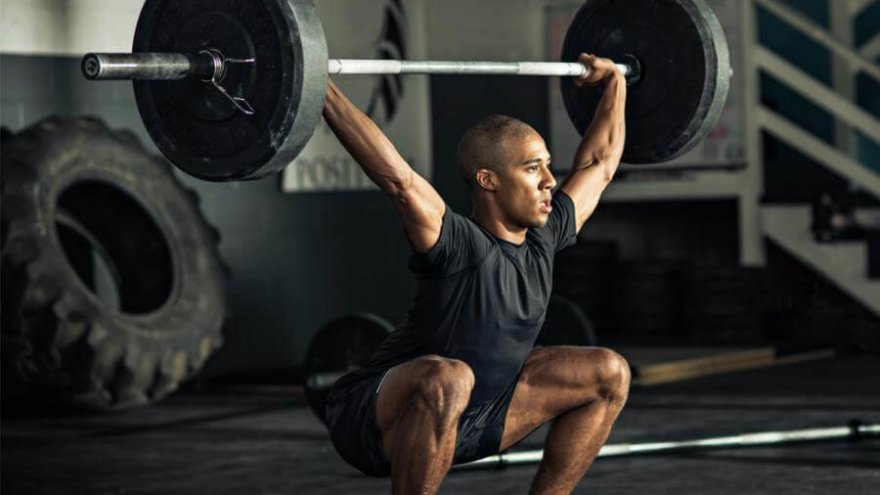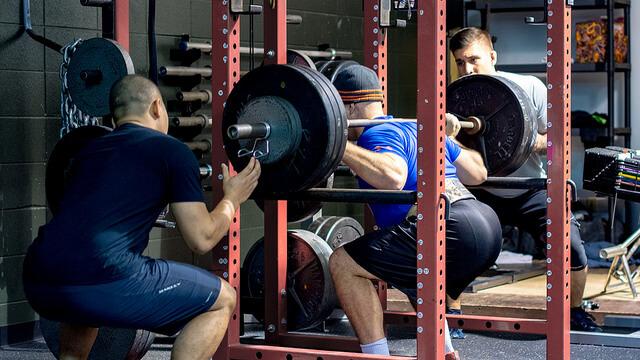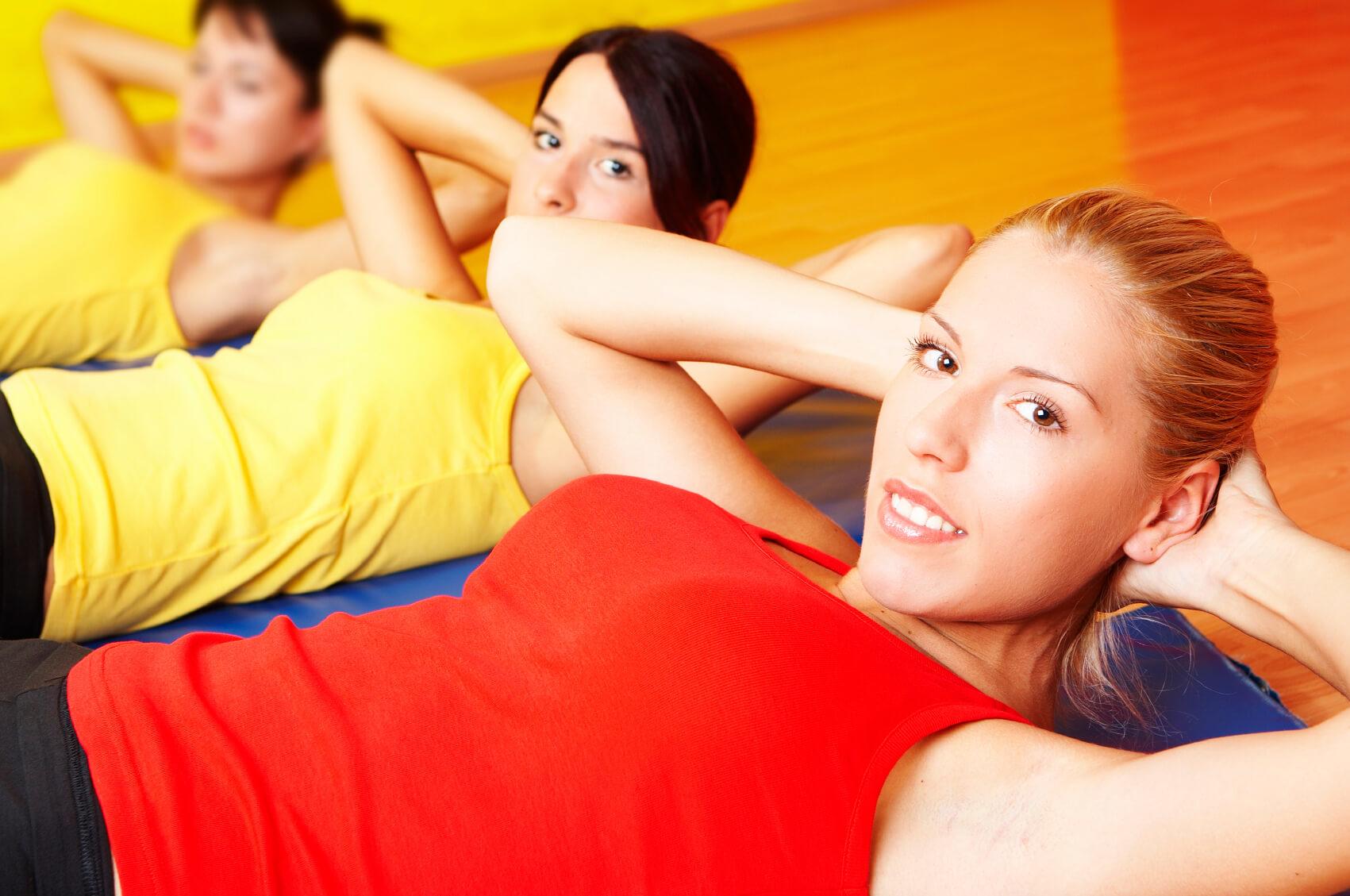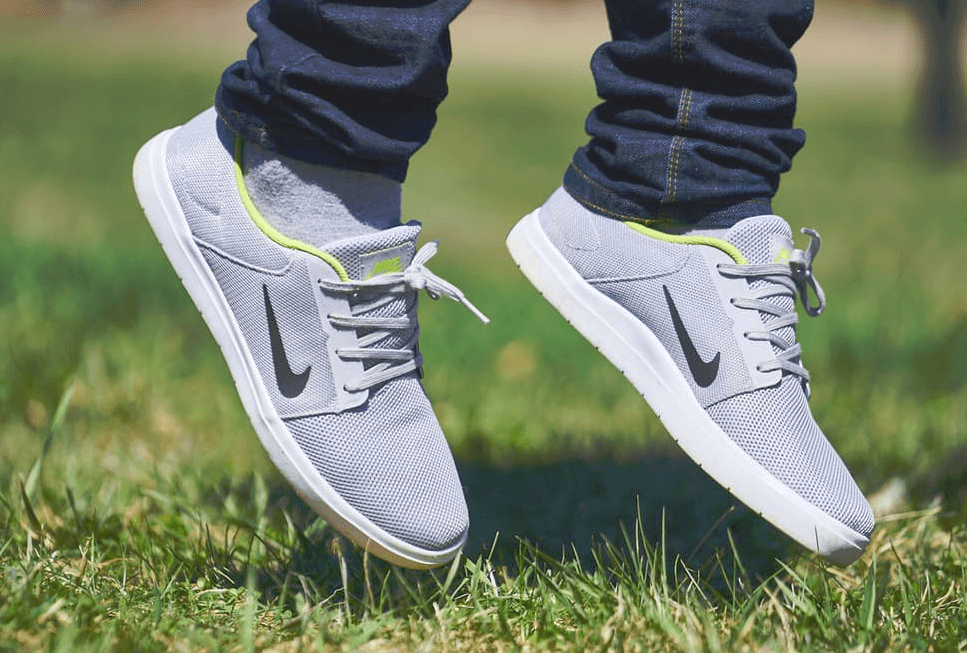Proceed with Caution: Exercises That Runners Should Be Cautious About

When your mornings, lunch breaks, and evenings are not spent training for your next race (and you are not spending quality time with friends and family, working, or catching up on sleep) then there is probably a good chance you are hitting the gym or taking an exercise class to build up strength. And for good reason! There are numerous studies that show the benefits of a regular strength training regimen can be for your running. Increasing your weekly mileage definitely puts a toll on your body after a while. Repeated pounding from running can certainly put a strain on your feet, ankles, shins, knees, and hips. So it is a good idea to lift some weights or do body weight exercises occasionally to make sure you are keeping the muscles that surround these joints and bones happy, healthy, and strong.
Not only will it help you to avoid an injury and keep you running pain free for longer, but stronger quads, hamstrings, calves, and glutes can easily translate to faster mile times and race paces, stronger hill repeats, and a faster recovery time after a tough workout. While there are certainly a number of exercises that you should do to help build strength, you should also be careful! Below are a list of some exercises that runners need to be extra wary about doing – and some that are just better avoided altogether.
Deep Squats
Squats, especially weighted squats, are considered compound exercises, meaning they engage and strengthen multiple muscles at once. If you are looking for a strength training that will get you the most “Bang For Your Buck,” squats are king. They target hamstrings, quads, glutes, back, and core. But they can also be performed incorrectly very easily, which can lead to a terrible injury – most commonly to the knees.

When doing squats, especially if you have a barbell or weight on your back, never position yourself so that your knees extend out past your toes when you drop your butt. This is terrible for your knees because it adds an unnecessary front strain on your knee caps without any adequate muscular support. Before you start, research proper squat form. And do not be afraid to “play it safe” by opting instead for partial squats (i.e. going down only ½ to ¾ of the way instead of the whole distance) or step-ups on a bench, platform, or stairs. These exercises will still target the same muscles as a deep squat but are much less risky.
Read more about wide fit running shoes.
Leg Extensions
The leg extension machine may be known for a very targeted workout for your quads, but they can wreak havoc on your knees. No matter your history with knee pain and injuries, you should be cautious about leg extensions but if you have ever had a knee surgery or serious knee injury then it is best to just avoid extensions altogether. You can get just as good of a killer quad workout with other exercises and machines without the risk of extending your knees past the arc extension they need to go while bearing weight.
Like deep squats, when performed incorrectly, extensions strain the knee cap especially when loaded up with weight. And there is no other part of your body supporting them (i.e. you are not standing and holding the weight with any other parts of your body other than what is being pushed by your knees and quads). Furthermore, leg extensions fail to mimic any realistic movement or motion that you would perform in everyday life, especially when running. That’s how you really know your body and knees probably aren’t meant to move and exercise in this way.
Ab Exercises Performed For Targeted Spot-Reduction
We get it. We all want a pair of six pack washboard abs to show off when it gets hot enough outside to run without a shirt on. Plus, plenty of science backs the understanding that a leaner core is much more indicative of health than smaller thighs or hips (i.e. people who have larger guts tend to have higher blood pressure, and risks for cardiovascular problems than people with larger thighs or hips and butts). But read this, then re-read it: abs are made in the kitchen. There is no such thing as spot-reduction.

There is no amount of back-breaking crunches, sit ups, Russian twists with a medicine ball, or even a daily five-minute plank will ensure your belly is flat and toned. Sure, it will build up the muscles underneath the flab, but without a clean diet, you won’t see the results you are looking for. Furthermore, most of the ab exercises listed here tend to be performed improperly and lead to many a bad back problems. Any sort of twisting motion that doesn’t support your lower back, such as lying twists on an incline bench or crunches on a hard surface, can mean strained back muscles and tendons, which can lead to big pain. A strong core is central to maintaining proper running form, so we definitely aren’t saying throw all ab work out the window. You need a strong core to be a strong runner – but don’t perform the twisting, turning, and unsupportive ab exercises that can lead to injury, especially if you don’t have an adequate ab workout machine or you don’t know how to properly use one.
Quick Lateral Movements
Sorry to all of our runners who like to dabble in some tennis too, but quick spurts or jumpy lateral movements in which you land with the majority of your weight positioned on the outside of the knee can cause you a lot of trouble and pain when it comes to running. We know you’ve been preached to about the importance of cross training, and it’s true – to save your muscles and aid in recovery, it is definitely smart to incorporate some cycling, swimming, or other non-weight bearing cardiovascular exercises into your routine. But you need to pick ones that aren’t going to hurt you. Tennis, basketball, and even just some of the movements a coach during a gym class might throw at you can end in a serious injury.

And the most important point to remember is if it hurts you, immediately stop! Don’t do it! It is better to just try an alternative exercise or stop altogether than it is to injure yourself and miss out on on your goal races!
Sources
- , The Best and Worst Exercises for Bad Knees, Active Post
- , 10 Worst Exercises, Livestrong Article
- , Five Exercises You MUST Avoid If You Want To Stay Injury-Free!, BodyBuilding Article
Latest Articles
 Is Running on a Treadmill Easier Than Running Outside?Runners have their own preferences, whether it is treadmill running, running outside on the road, or exploring trails. So...
Is Running on a Treadmill Easier Than Running Outside?Runners have their own preferences, whether it is treadmill running, running outside on the road, or exploring trails. So... Is It OK to Use Trail Running Shoes on the Road?While trail running shoes can be used on roads, especially in situations where a runner encounters mixed terrains or pref...
Is It OK to Use Trail Running Shoes on the Road?While trail running shoes can be used on roads, especially in situations where a runner encounters mixed terrains or pref... How to Fix Sore Quads After Running?Rest, ice, gentle stretching, and over-the-counter pain relievers can help soothe sore quads after running. Also, ensure ...
How to Fix Sore Quads After Running?Rest, ice, gentle stretching, and over-the-counter pain relievers can help soothe sore quads after running. Also, ensure ... 10 Fruits With The Most Electrolytes to Replace Sports DrinksThese fruits are high in electrolytes such as potassium, magnesium, and calcium, essential for hydration, muscle function...
10 Fruits With The Most Electrolytes to Replace Sports DrinksThese fruits are high in electrolytes such as potassium, magnesium, and calcium, essential for hydration, muscle function...

